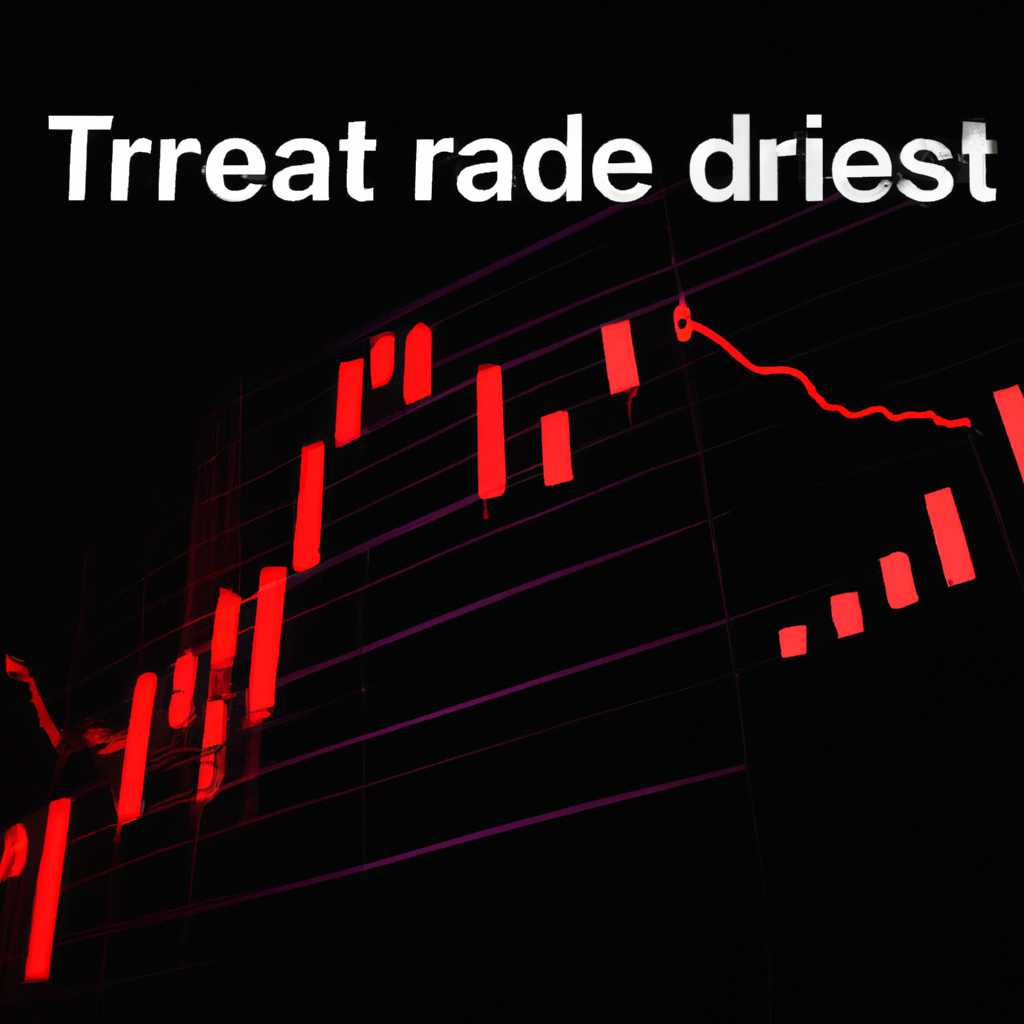
Using RSI Divergence for Effective Trade Entry
Understanding RSI Divergence for Trade Entry
Relative Strength Index (RSI) is a popular technical indicator used by traders to identify overbought or oversold conditions in the market. RSI divergence is a powerful tool that can help traders spot potential trade entry opportunities. In this article, we will discuss how to use RSI divergence for trade entry.
What is RSI Divergence?
RSI divergence occurs when the price of an asset and the RSI indicator move in opposite directions. There are two types of RSI divergence: bullish divergence and bearish divergence. Bullish divergence occurs when the price makes a lower low while the RSI makes a higher low. This indicates potential upward momentum in the price. Bearish divergence, on the other hand, occurs when the price makes a higher high while the RSI makes a lower high, signaling potential downward momentum in the price.
Using RSI Divergence for Trade Entry
When using RSI divergence for trade entry, traders typically look for confirmation from other technical indicators or price action signals. Here are some steps to follow when using RSI divergence for trade entry:
- Identify RSI Divergence: Look for instances where the price and RSI indicator are moving in opposite directions.
- Confirm with Other Indicators: Confirm the RSI divergence signal with other technical indicators such as moving averages, MACD, or Fibonacci retracement levels.
- Wait for Price Action Confirmation: Look for price action signals such as candlestick patterns or trendline breaks to confirm the trade entry.
- Set Stop Loss and Take Profit Levels: Determine your stop loss and take profit levels based on your risk tolerance and trading strategy.
- Manage Your Trade: Monitor your trade and adjust your stop loss and take profit levels as the trade progresses.
Example of RSI Divergence Trade Entry
Let’s consider an example of a bullish RSI divergence trade entry. Suppose the price of an asset is making lower lows, but the RSI indicator is making higher lows. This indicates potential upward momentum in the price. To confirm the trade entry, you could look for a bullish candlestick pattern or a breakout above a key resistance level. Once you have confirmed the trade entry, you can set your stop loss below the recent low and your take profit at a predetermined target level.
In conclusion, RSI divergence is a valuable tool for identifying potential trade entry opportunities. By combining RSI divergence with other technical indicators and price action signals, traders can make more informed trading decisions. Remember to always manage your risk and trade responsibly.